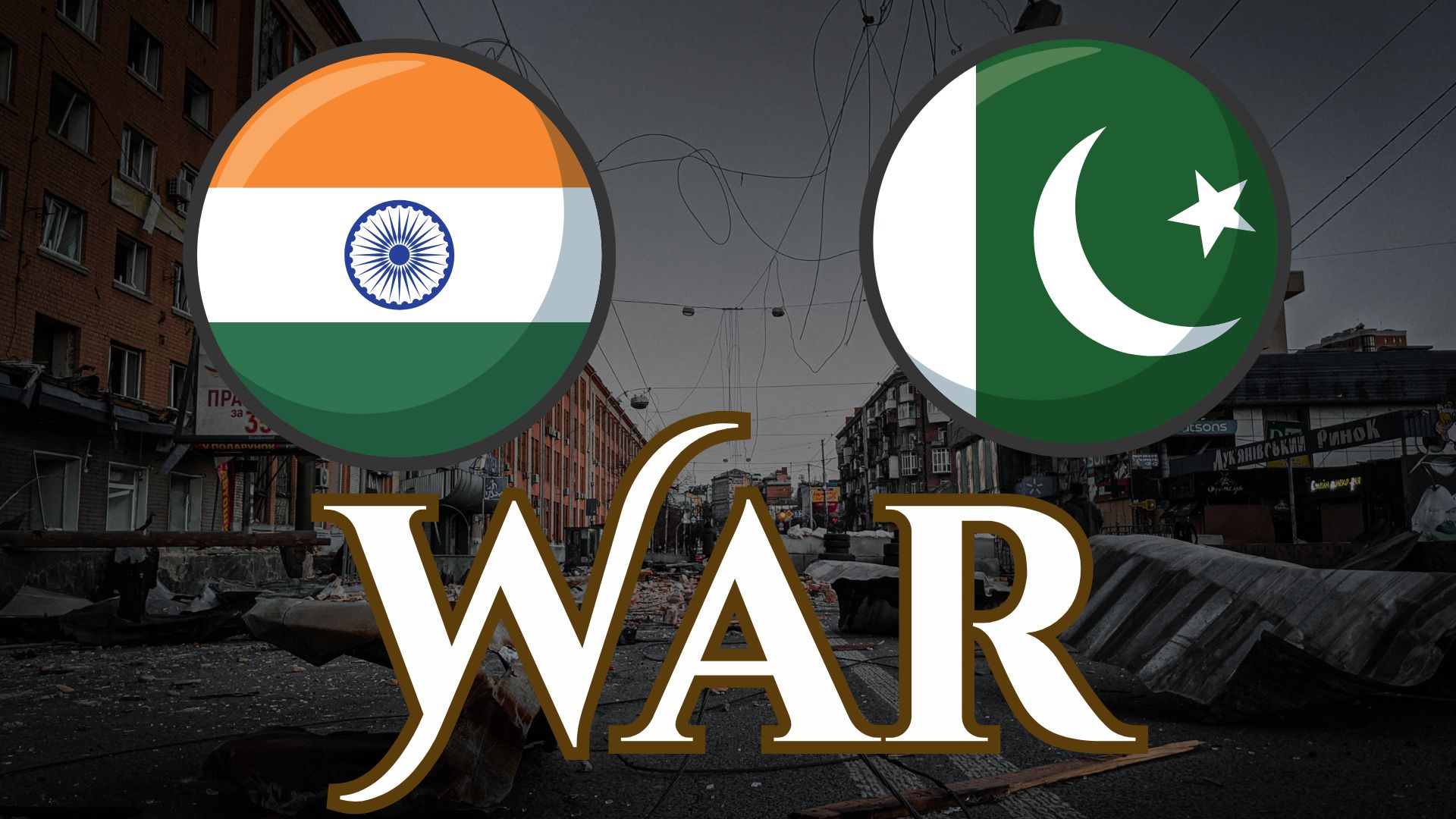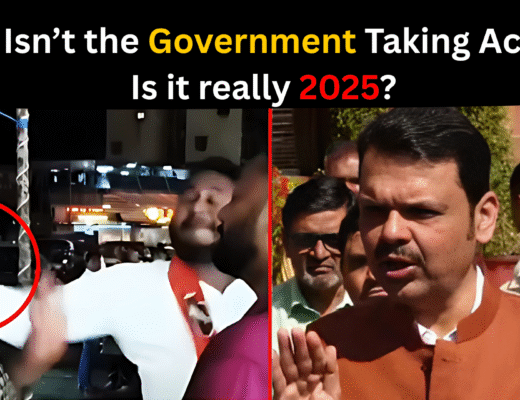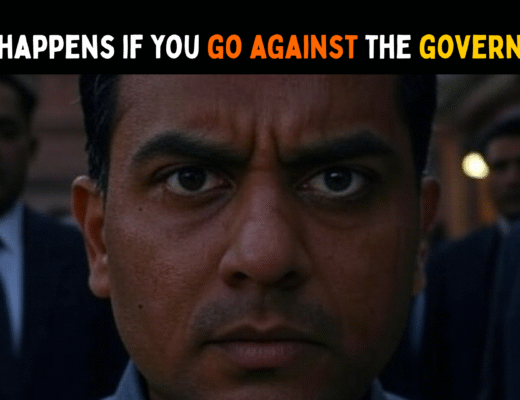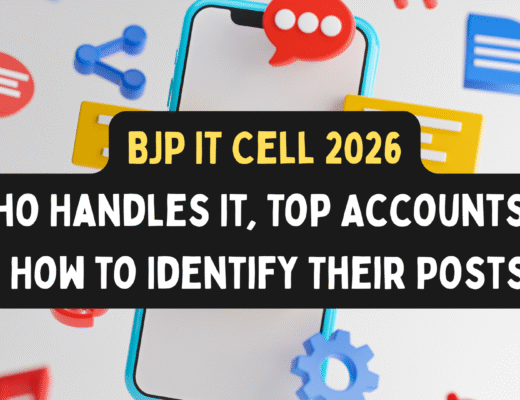India Pakistan War 2025
If you’re in the U.S. trying to understand why India and Pakistan were locked in a tense standoff in 2025, you’re not alone. This serious crisis, sparked by a deadly terrorist attack in Jammu and Kashmir, escalated into missile strikes, border clashes, and global concern especially since both nations have nuclear weapons. A ceasefire was announced on May 10, 2025, but violations have raised doubts about peace. Known as the 2025 India-Pakistan Standoff, this conflict has deep roots and global stakes. Let’s walk through why it’s happening, the latest developments as of May 11, 2025, what it means for the U.S., and what might come next.
1. What Started It: The Pahalgam Terror Attack
The conflict ignited on April 22, 2025, with a tragic terrorist attack in the Baisaran Valley, Pahalgam, Jammu and Kashmir, a scenic tourist spot in Indian-administered Kashmir. The attack, initially claimed by The Resistance Front (TRF), a militant group, killed 27 people 25 Hindu tourists, one Christian tourist, and one local Muslim and injured over 20 others. The civilian toll shocked India.
India accused Pakistan of backing the attack, linking TRF to Pakistan-based Lashkar-e-Taiba. Pakistan responded by:
- Condemning the attack.
- Denying involvement and urging an independent investigation.
- Rejecting India’s claims as unfounded.
Jammu and Kashmir, claimed by both nations, has been a flashpoint since the 1947 partition. The Line of Control (LoC) divides Indian and Pakistani-controlled areas, often seeing violence. Recent attacks, like the June 2024 Reasi bus attack and October 2024 tunnel project attack, targeted Indian civilians, but the Pahalgam attack’s scale pushed India to respond forcefully.
2. How It Escalated: From Diplomacy to Strikes
The Pahalgam attack triggered a rapid escalation. Here’s a timeline of key events:
April 23–26, 2025: Diplomatic Crisis
- India’s Actions:
- Expelled Pakistani diplomats and recalled its own from Islamabad.
- Suspended visa services and closed borders to Pakistani citizens.
- Withdrew from the Indus Waters Treaty (1960), a water-sharing agreement, and reportedly released water from the Uri Dam, flooding Pakistan’s Muzaffarabad. It also reduced Chenab River flows, causing water shortages in Sialkot.
- Pakistan’s Response:
- Expelled Indian diplomats and banned Indian visas.
- Closed airspace to Indian flights, halted trade, and suspended the Simla Agreement (1972), which governs the LoC.
- Called India’s water actions an “act of war.”
April 24–May 6, 2025: Border Clashes
- Heavy gunfire and artillery fire erupted along the LoC. Posts on X on April 28 reported Pakistan firing in Kupwara and Poonch; India claimed it caused “significant losses.”
- On May 3, India’s Border Security Force (BSF) captured a Pakistan Ranger crossing the border. On May 5, India announced civil defense drills across seven states, including air raid sirens and evacuation plans, last conducted in 1971.
- Both sides reported civilian casualties, though numbers are unverified.
7th May, 2025: Operation Sindoor
- India launched Operation Sindoor, a 23-minute missile strike using Rafale jets with SCALP missiles and AASM Hammer glide bombs, targeting nine alleged terrorist camps in Pakistan and Pakistan-administered Kashmir (e.g., Bahawalpur, Muzaffarabad, Kotli).
- India claimed it killed 100 militants, including aides of Jaish-e-Mohammed leader Masood Azhar, without targeting Pakistani military sites.
- Pakistan reported 31 civilian deaths, including women and children, and damage to mosques. It claimed to have downed Indian jets, including a Rafale, though India denied this. U.S. and French sources confirmed at least one Indian jet loss.
8th – 9th May, 2025: Pakistani Retaliation
- Pakistan launched Operation Bunyan al-Marsus on May 10, striking Indian cities like Jammu, Poonch, Uri, and Baramulla in Kashmir, and Pokhran, Jaisalmer, and Bikaner in Rajasthan, using drones and missiles.
- India reported 12 civilians and one soldier killed in Poonch. Pakistan claimed it killed 40–50 Indian troops and downed 29 Indian drones.
- India’s S-400 missile system (Sudarshan Chakra) was used to counter Pakistani strikes in Amritsar, marking its first combat use. Both sides accused each other of targeting civilians.
May 10, 2025: Ceasefire Agreement
- A ceasefire was announced at 5:00 p.m. IST (11:30 GMT) after U.S.-mediated talks involving 36 countries, confirmed by India’s Foreign Secretary Vikram Misri and Pakistan’s Ishaq Dar.
- U.S. Secretary of State Marco Rubio and Vice President JD Vance engaged with leaders like India’s Narendra Modi and Pakistan’s Shehbaz Sharif. The agreement included plans for talks on May 12 at a neutral site.
- Markets in Rajasthan reopened, and Pakistan resumed airspace operations, signaling relief.
May 10 – 11, 2025: Ceasefire Violations
- Hours after the ceasefire, Pakistan allegedly violated the truce with shelling and drone attacks in Jammu, RS Pura, and Udhampur. A BSF Sub-Inspector, Md Imteyaz, was killed in RS Pura, and a soldier died in Udhampur from a drone fragment.
- India’s Vikram Misri condemned the “gross violation,” saying the military was instructed to respond “adequately.” Pakistan’s Foreign Ministry claimed commitment to the ceasefire, blaming India for violations.
- As of May 11, Indian Army sources reported no overnight shelling in Poonch, and normalcy returned to Firozpur, Rajouri, and Pathankot, though Amritsar remained on red alert. India opened Chenab River dam gates, raising water concerns in Pakistan.
3. Why It’s Happening: The Bigger Picture
The standoff stems from more than just the Pahalgam attack. Key drivers include:
- Kashmir Dispute: Since 1947, India and Pakistan have clashed over Kashmir, fighting wars in 1947–48, 1965, 1971, and 1999 (Kargil War). Militant attacks, often blamed on Pakistan, fuel tensions.
- Terrorism Accusations: India views Pakistan as a sponsor of groups like TRF and Lashkar-e-Taiba, while Pakistan denies this and accuses India of abuses in Kashmir.
- Domestic Pressures: In India, outrage over the attack, especially targeting Hindu tourists, pressures Modi’s government to act decisively. In Pakistan, economic fragility and political instability push the military, led by General Asim Munir, to project strength.
- Geopolitical Factors: India’s U.S. ties and Pakistan’s reliance on China (e.g., J-10CE jets) complicate dynamics. The U.S.’s mediation in 2025, unlike its hands-off stance earlier, reflects global stakes.
4. The Nuclear Concern: Why It Worries the World
India and Pakistan each have ~250 nuclear warheads, making this standoff alarming. A 2019 study estimated a nuclear conflict could kill 50–125 million people instantly and disrupt global climate. Pakistan’s nuclear policy meeting raised fears, though its defense minister clarified no meeting occurred. Experts see nuclear use as unlikely due to catastrophic consequences, but the risk keeps global leaders on edge.
5. What This Means for the U.S.
As a U.S. reader, here’s why this conflict matters to you:
- Global Security: A nuclear escalation, though improbable, could cause economic and environmental fallout affecting the U.S.
- U.S. Alliances: India is a key partner against China, while Pakistan aids U.S. counterterrorism efforts. The standoff strains these ties.
- U.S. Mediation: Unlike earlier in the crisis, when President Donald Trump said, “They’ll sort it out,” the U.S. brokered the May 10 ceasefire. Trump now aims to address Kashmir’s “thousand-year” issue, signaling deeper involvement.
- Travel and Trade: The U.S. issued a Level 4 “Do Not Travel” advisory for Jammu and Kashmir. Airlines like Lufthansa and Singapore Airlines rerouted flights, and 27 Indian airports closed temporarily, impacting U.S. travelers and businesses.
- Economic Impact: Disruptions could raise fuel prices or affect tech supply chains, given India’s global market role.
The U.S. has a stake in ensuring the ceasefire holds to prevent wider instability.
6. Global Reactions: Who’s Doing What
The international community is pushing for peace:
- United Nations: Secretary-General António Guterres urged “maximum restraint” and diplomatic solutions.
- Iran: Offered mediation on April 25.
- China, Russia, UAE, Saudi Arabia, UK, EU: Welcomed the ceasefire. China, Pakistan’s ally, condemned the Pahalgam attack and supported de-escalation.
- Travel Advisories: The U.S., UK, and Russia warned against travel to the region.
- G7: Urged direct dialogue between India and Pakistan.
7. A Long History of India Pakistan War 2025: Why Peace Is Hard
The India-Pakistan rivalry dates to 1947:
- Partition: The British India split created India and Pakistan, with Kashmir as a flashpoint.
- Wars: They fought in 1947–48, 1965, 1971 (forming Bangladesh), and 1999 (Kargil War).
- Nuclear Tests: Both became nuclear powers in 1998, raising stakes.
- Recent Clashes: The 2019 Balakot airstrikes followed a Kashmir attack, with a 2021 ceasefire easing tensions until 2024.
Kashmir, mistrust, and militancy make peace challenging.
8. What’s Next: Can This Be Resolved?
The ceasefire’s success hinges on the coming days:
- Risks:
- Pakistan’s violations, like shelling in Jammu, threaten the truce. India’s strong response could reignite clashes.
- The Indus Waters Treaty suspension and water disputes remain unresolved.
- Hope:
- The May 12 talks offer a diplomatic path.
- Pakistan’s economic constraints and India’s limited strikes suggest neither wants full war.
- Neutral mediators (e.g., UAE, China) and U.S. pressure could stabilize the situation.
- The Kartarpur Corridor, open for Sikh pilgrims, shows cooperation is possible.
Past de-escalations, like 2003 and 2021, offer hope, but violations and domestic pressures complicate peace.
9. A Call for Calm for India Pakistan War 2025
This standoff highlights how fast tensions can flare. Voices like Malala Yousafzai, who said, “Hatred and violence are our common enemies,” and Tehseen Zahra, a Pakistani student urging peace, reflect a shared desire for calm. India and Pakistan should pursue small steps, like prisoner swaps or water talks, to rebuild trust.
The U.S. can help by:
- Supporting May 12 talks.
- Using trade or aid to encourage restraint.
- Raising awareness of nuclear risks.
Let’s hope diplomacy prevails over conflict.
People also reads : mp-vs-mla
FAQs About the India Pakistan War 2025
Why did the 2025 India-Pakistan Standoff start?
A terrorist attack on April 22, 2025, in Pahalgam, Jammu and Kashmir, killed 27 people. India blamed Pakistan, sparking diplomatic and military escalation.z
Is there a war between India and Pakistan in 2025?
As of May 11, 2025, it’s a standoff with strikes and a fragile ceasefire, not a full war, but violations raise concerns.
What is Operation Sindoor?
India’s May 7, 2025, missile strikes on alleged terrorist camps in Pakistan and Kashmir, which Pakistan says killed 31 civilians, prompting retaliation.
Why does the U.S. care about this conflict?
The U.S. fears nuclear risks, regional instability, and impacts on alliances with India and Pakistan, plus economic disruptions.
What’s the latest on the ceasefire?
A ceasefire began May 10, 2025, but Pakistan’s shelling and drone attacks violated it. India is responding, and talks are planned for May 12.
Can the standoff end peacefully?
Yes, through diplomacy, mediation, and steps like ceasefires, but both sides must address violations and water disputes.
Disclaimer
This blog provides information on the 2025 India-Pakistan Standoff based on publicly available sources as of May 11, 2025. It is intended for informational purposes only and does not endorse any political views or actions. While we strive for accuracy, some details may be unverified or subject to change. Readers should consult trusted news sources for real-time updates and official statements.



